The numerous shipwrecks scattered along the stunning landscape make Skeleton Coast in Namibia one of the most beloved travel destinations in the world.
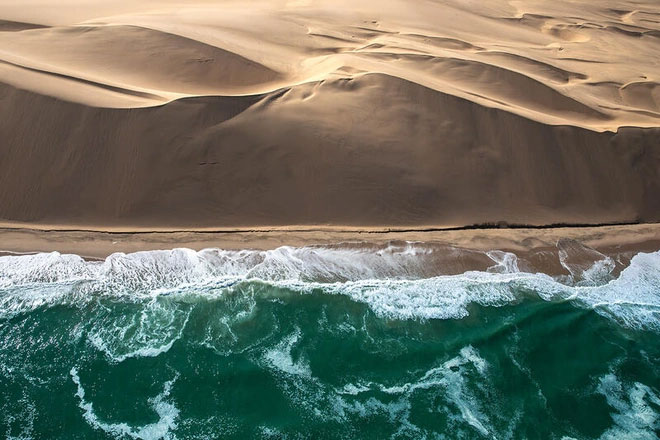
Skeleton Coast refers to the entire 1,500 km stretch of coastline in Namibia, characterized by a landscape of desert sand interspersed with rocky outcrops.
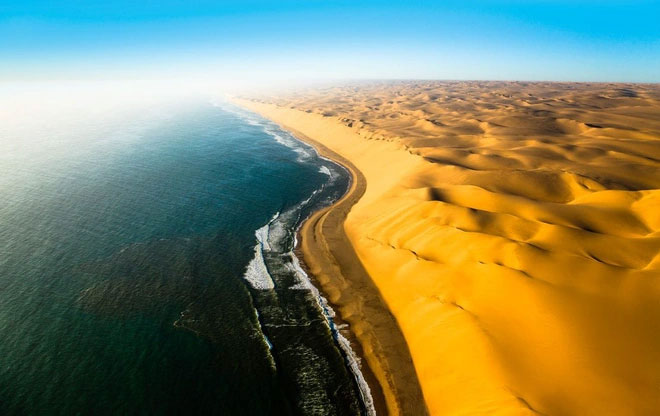
The name dates back to 1933, when a plane flying from South Africa to the United Kingdom crashed near the coast. When rescue teams from Britain and South Africa arrived, local fishermen remarked: “Don’t bother searching, if you find the pilot, he will only be a skeleton.” In the local language, “skeleton” refers to a corpse. Since then, this coastline has been dubbed “Skeleton Coast.”
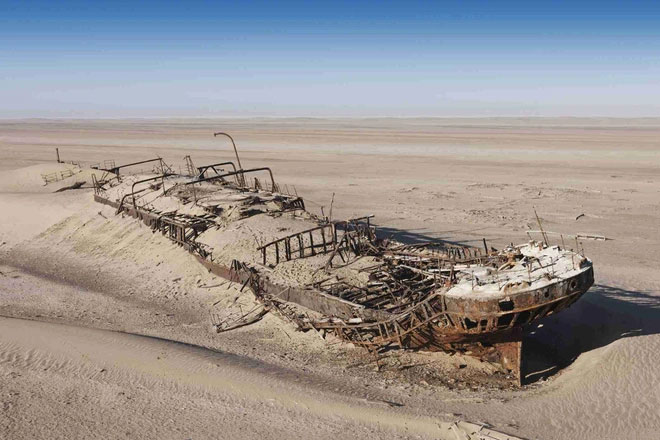
This area was once referred to by Portuguese sailors as “the gate of hell” due to the dangers offshore, including fog and submerged reefs. The land area of approximately 20,000 square kilometers consists entirely of desert sand interspersed with rocky outcrops, which is one of the main reasons why this region has not developed port resources and harbors deadly dangers.
In these waters, there are many reefs and swift currents, making it easy for ships to run aground on the reefs. When attempting to come ashore, crews must confront the harsh environment of this uninhabited desert land, where lions and hungry hyenas lurk.
Moreover, the high temperatures of the desert near the coast collide with the cold currents of the Atlantic Ocean, resulting in an average wind intensity of level 8 throughout the year—characterized by sudden gusts and strong winds.
This weather factor rapidly drives ships into the high-temperature areas of the desert and “blows” them onto Skeleton Coast, while the submerged reefs in the area can easily tear ships apart. Such harsh climate and natural conditions make the prospect of reclamation seem unsolvable.
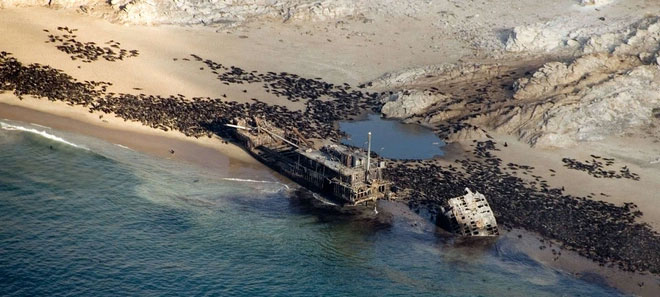
The waters are filled with reefs and swift currents.
Statistics show that numerous maritime accidents have occurred here, resulting in the destruction of many ships and countless fatalities. A total of 1,051 ships of various sizes have met with disaster along the southern stretch of Skeleton Coast, with tens of thousands of people losing their lives, resulting in a near 100% mortality rate.
Despite the dangers, Skeleton Coast boasts several famous attractions, including diamond mines, oil rigs, seal bay, offshore fishing platforms, seal observation points, and shipwreck bays.
The diamond mines in this area have been exploited since the time of Nazi Germany, transforming it into a prosperous town, once a shining gem of Namibia. Due to natural exploitation and excessive human labor, many natural mines have been nearly destroyed, with miners often “going in but not coming out.” Many refer to these diamond mines as “man-eating mines.”
In 2010, to prevent the mining town from being damaged by tourists, Namibia restricted the tourist area to within a 5 km radius from the mine, allowing only tourists with special permits to visit the town.
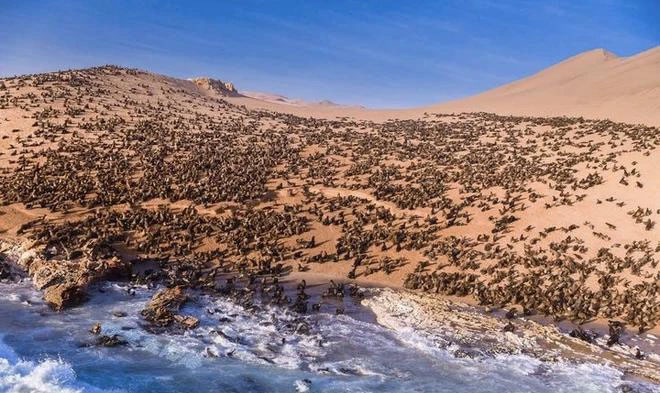
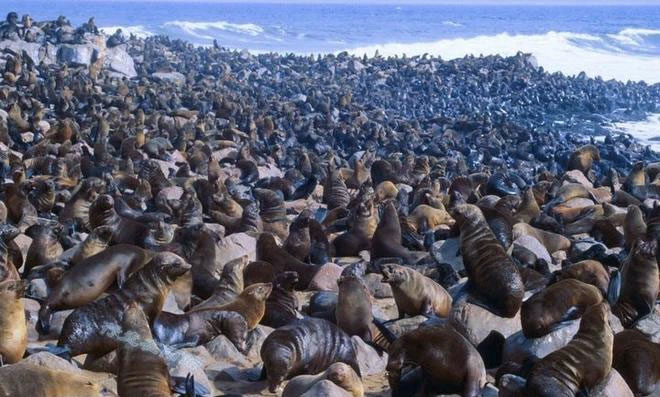
In addition to natural resources, there is a rich diversity of wildlife.
Seal Bay is home to hundreds of different animal species with an astonishing conservation population. On the edge of the hot desert, there are seal colonies that can number up to 10,000, and even reach a million during the breeding season in December, densely populating a 10 km stretch of coastline. This abundance is due to the lack of human interference, resulting in a rich supply of fish, and the area is free from pollution and human hunting threats.
However, each year, Namibian authorities only approve a list for 800 tourists to visit, partly to preserve the status quo and partly because the area is genuinely too dangerous for tourism. Visitors cannot come and go freely; they must follow strict protective measures to avoid unfortunate incidents. Perhaps due to the limited number of visitors, interest in this destination continues to grow, with waiting lists sometimes reaching several tens of thousands of people.


















































